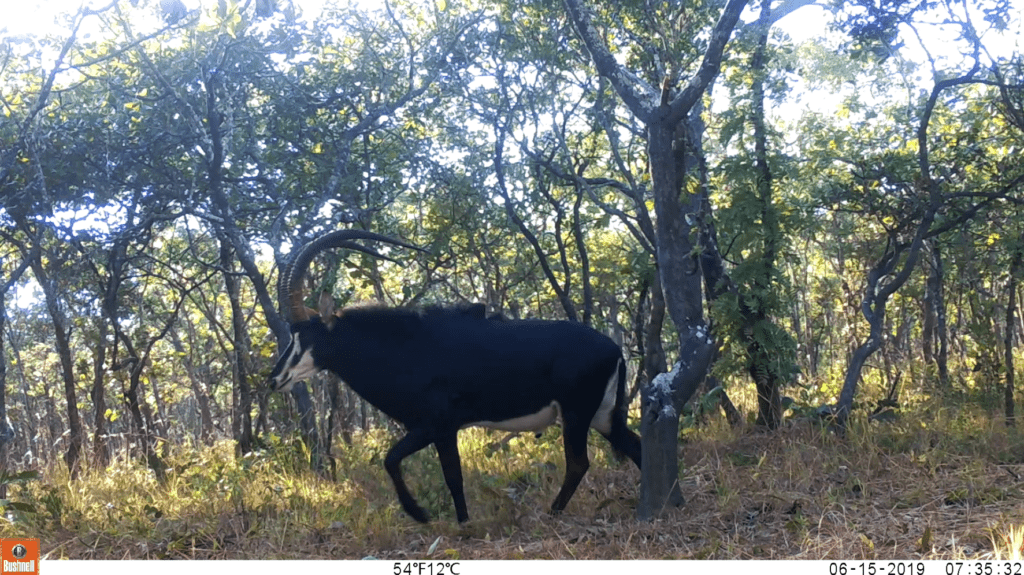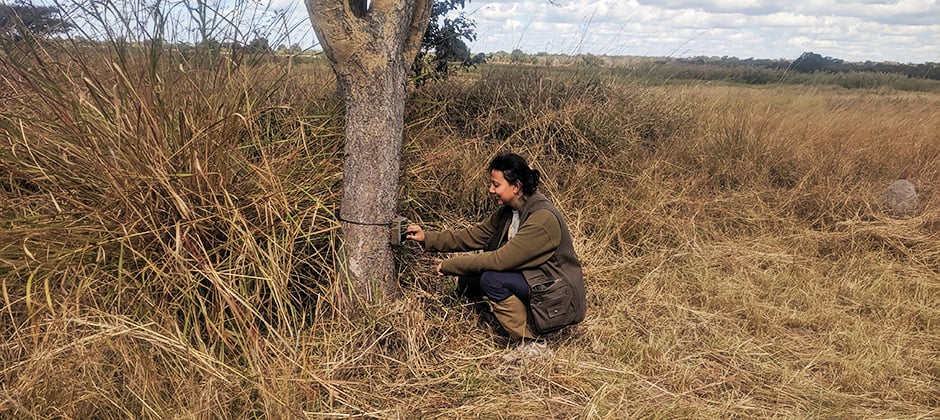Share this article
Researchers craft roadmap for studying wildlife communities
As technology like camera traps, drones, and acoustic monitoring becomes more prevalent and citizen science creates bigger datasets of wildlife on the landscape, researchers are taking more opportunities to study entire communities of wildlife rather than just a single species. But these broader studies create new questions about accuracy.
In a study published in Ecography, researchers set out to evaluate the pitfalls of some community-level monitoring models.
Lead author Kadambari Devarajan, a PhD candidate at the University of Massachusetts Amherst, had been conducting fieldwork on carnivore species in India and Zambia using camera traps. But she often ended up with “bycatch” — images of species that weren’t the target of her research. Hoping to eventually model the entire community from a study designed for specific focal species, she wanted to find out the do’s and don’ts of such community monitoring studies.
“The number of studies using multispecies occupancy models were increasing at a rapid rate,” Devarajan said. “While there’s traditionally been a focus on modeling individual species, it’s shifting away to modeling entire communities.”
Unable to find any reviews of these types of studies, she set out to do her own and create a roadmap for other researchers to follow.

Kadambari Devarajan was studying carnivores, but her camera trap captured this “bycatch” image of a sable antelope (Hippotragus niger). ©Kadambari Devarajan
“I figured this would be as good a time as any to see what has been done right and what could be done better,” she said.
Scanning the literature, Devarajan came up with 92 papers, including research from 27 countries, that met her criteria. She and her colleagues found many of them underreported several factors like the space between camera traps, how many days the traps were run and why researchers decided to place their traps where they did.
“Things like that are very important,” Devarajan said. “It is crucial to justify and report such study design-related decisions in order to evaluate the robustness of the results.”
She also found that many of the papers violated the assumptions behind their models, including whether or not the species were correctly identified. Only 15 of the studies mentioned the number of species that researchers couldn’t identify during the research.
“When using acoustic data, it can be challenging to correctly identify which species which can result in biased estimates,” Devarajan said.
The researchers came up with a roadmap of steps to follow to make multispecies occupancy models more accurate and robust.
In the long run, she hopes, it will make wildlife community studies easier to replicate, benefiting both researchers and managers. “Increasing the standards of occupancy modeling research will make it easier for managers and those using the studies to be able to make inferences about them,” she said.
Header Image: Kadambari Devarajan sets up a camera trap during her study on carnivore communities in Kasanka National Park, Zambia. ©Geraldine Taylor








